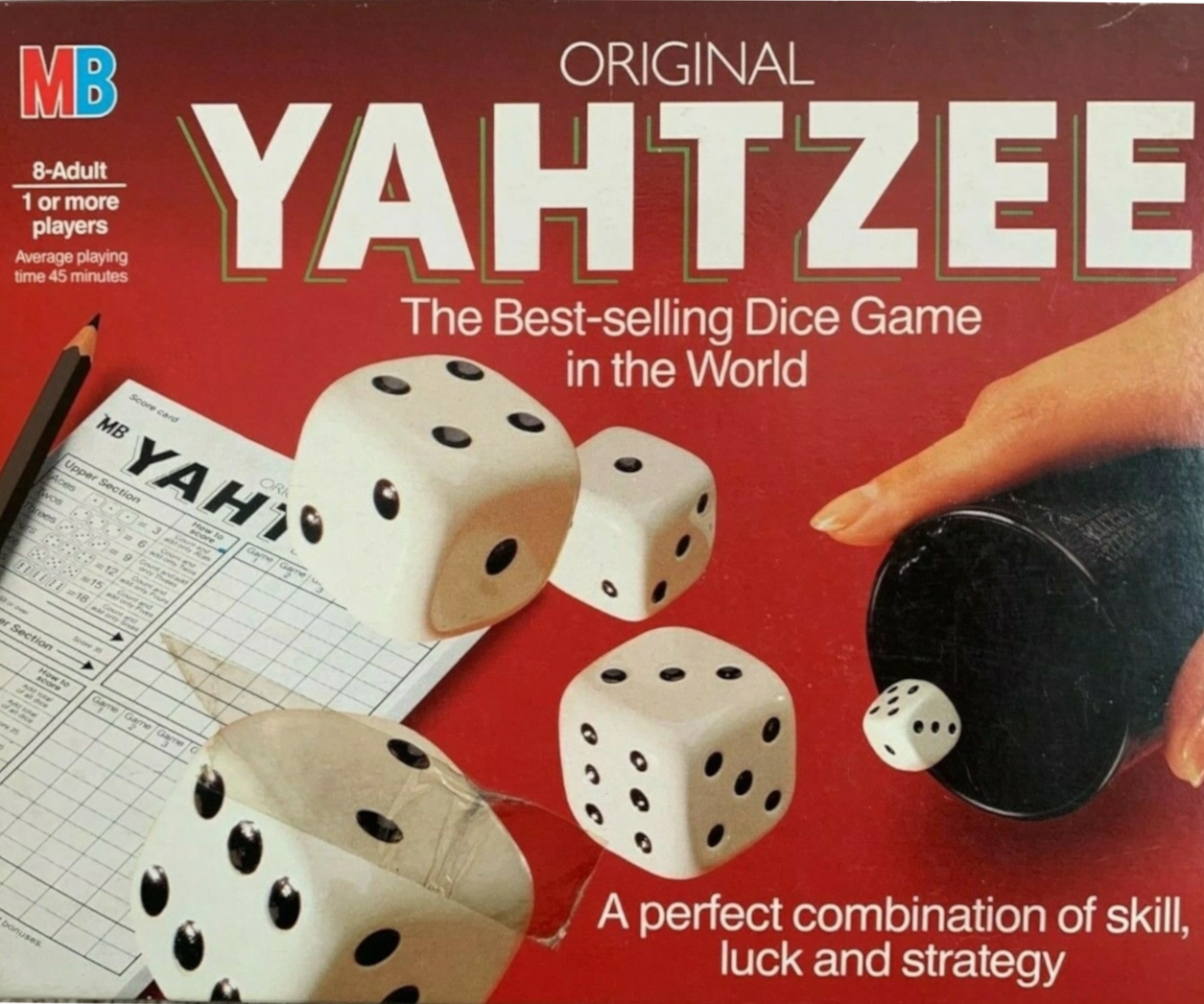Is Yahtzee Chinese?
A tale of intrigue surrounds Yahtzee's presumed ties to Chinese culture as we unravel the myths and controversies surrounding its origin. From a contentious typeface to its limited recognition in China and Hasbro's strategic manufacturing shift away from Chinese production, this exploration navigates the intricate relationship between gaming, cultural interpretations, and market dynamics. Join us on this journey to uncover the truth and delve into the evolving landscape of global gaming and cultural inclusivity.
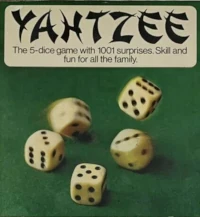
Is Yahtzee Chinese? Despite its distinctly Western origins by Edwin S. Lowe, a Polish immigrant in the United States, the game's name vaguely echoes the sounds of an Asian language. However, it's essential to debunk the urban legend suggesting that Yahtzee has roots in an earlier Chinese game. The slight resemblance of the game's name to the renowned Yangtze River might contribute to the misconception, yet this connection is purely coincidental. Despite this happenstance, playful associations have occasionally emerged over time, leading to narratives that highlight a mythical link between the game and an imagined Chinese influence.
The Chinese Connection

Grand Dice Games
Yahtzee’s original and most blatant connection to China comes from before the game was ever created. A predecessor game called “Yatzie” debuted over a decade earlier and established many of the rules and gameplay that we know today. But the rules book also included a stereotyped Chinese character and some troubling language:
Yatzie
Sounds Chinese. And it may seem like birds nest soup at first reading. But, with a little oriental patience and occidental experiment, complicated points will smooth out. Once learned, Yatzie (pronounced Yacht-See) will be your favorite dice game.
Yatzie was included in The Leister Game Company’s 1943 release Luck: 15 Grand Dice Games. The company is vaunted as the the first publisher of a mass-produced Yahtzee-adjacent game but its racial relations record is dismal. It went on to publish in 1959 a “comic” faux book jacket with the title “Lynching as a Community Project” featuring a victim hanging from a streetlight.
The racist undertones bubbling under the surface of our favorite games are often baked in right from the start. Overt racial references were removed when the E.S. Lowe Company released the first official Yahtzee in 1956, but an implied connotation was allowed to endure.
Typeface Decoded

a 1951 comic book
The 1972 redesign of the standard Yahtzee set unwittingly fueled the speculations surrounding its supposed Chinese ties. The updated box prominently showcased the word “Yahtzee” set in a chop suey font, crafted to imitate the graceful brushstrokes of traditional Chinese calligraphy. This style, also referred to as won ton or chopstick lettering, had been in use for more than a century, but its popularity soared during the cultural surge of the 1960s and 1970s. Initially confined to Chinese restaurants and food packaging, these so-called "exotic" or "oriental" display fonts garnered wider attention as a result of increased globalization and cultural exchange.
However, while these fonts were intended as decorative embellishments, they have often been criticized for perpetuating stereotypes and cultural insensitivity. Seen as a form of cultural appropriation, these fonts have faced scrutiny for their portrayal of Asian culture, sometimes being deemed as offensive, insensitive, or downright racist – such as their use in Yellow peril propaganda. Despite their historical usage in specific contexts, particularly within Chinese eateries and food branding, their broader application outside these realms has drawn criticism for perpetuating shallow and sometimes derogatory depictions of Asian culture.

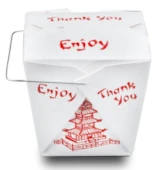
The chop suey Yahtzee logo persisted into the 1980s, spanning variant games like Triple Yahtzee and Word Yahtzee, before gradually giving way to a new font. This design choice stands out as one of the most overt instances of cultural appropriation in board gaming history, yet one subtly transmitted through the simple styling of lettering. The use of the font inadvertently contributed to the sinicization of Yahtzee in the public consciousness, exemplifying how a seemingly simple design choice could perpetuate misconceptions and cultural misinterpretations.
Yahtzee in China
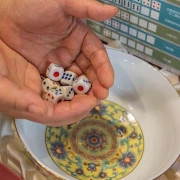
So Yahtzee is not, in fact, a Chinese dice game. But do people in China like to play it? Well, not so much. While Yahtzee has found success in many parts of the world, it hasn't gained significant traction in China.
However, this lack of popularity for Yahtzee doesn't reflect a disinterest in dice games in China. On the contrary, dice games have been a fundamental part of Chinese culture for millennia. Their history in China can be traced back to the Warring States period (475-221 BCE), where they were used not just for recreation and gambling, but also for divination purposes.
Chinese dice have a unique characteristic that sets them apart from dice used in most other parts of the world. Traditionally, Chinese dice feature red dots on the One and Four faces, while the dots on other faces are typically black. This is in contrast to the standard dice used in Western countries, where all dots are usually black or white. The use of red for these specific numbers is likely tied to the cultural significance of the color red in Chinese society, often associated with good fortune and prosperity.
The deep cultural integration of dice in China is evident in the numerous traditional board games that incorporate them. For instance, Chinese chess (xiangqi) sometimes uses dice to determine moves, and many traditional gambling games rely heavily on dice rolls.
One notable example of a uniquely Chinese dice game is Bo-bing, also known as "mooncake gambling." This game is traditionally played during the Mid-Autumn Festival, one of the most important celebrations in Chinese culture. Bo-bing was reportedly created during the era of Zheng Chenggong (also known as Koxinga), a Chinese military leader who lived from 1624 to 1662. The game involves rolling six dice to win mooncakes and other prizes, combining elements of gambling with festive celebration.
The creation and enduring popularity of games like Bo-bing showcase how deeply ingrained dice games are in Chinese social and festive contexts. They're not merely games of chance, but activities that bring people together during important cultural events.
Given this rich history and cultural affinity for dice games, one might assume that a globally successful dice game like Yahtzee would find fertile ground for expansion in China. The basic mechanics of rolling dice and scoring based on combinations are certainly not foreign concepts to Chinese players.
However, the reality is more complex. While there's a strong tradition of dice games in China, modern gaming preferences have evolved. Video games, traditional card games, and mahjong tend to dominate the current gaming landscape in China. Moreover, any game looking to succeed in the Chinese market would likely need to be adapted to local tastes and cultural norms.
Asian Expansion
While the game hasn't found substantial footing in the China, it's worth noting that the Chinese market is the world's largest. Despite Yahtzee's limited reach, its parent company, Hasbro, remains committed to expanding its presence in the region. This pursuit aligns with Hasbro's broader strategy to tap into the enormous potential of the Chinese market. The gaming preferences and cultural inclinations in China differ significantly from those in West, but the continued rise of video games and Yahtzee online are breaking down barriers. Despite the challenges, Hasbro continues to explore avenues to introduce and popularize its games in the diverse and ever-growing Asian gaming market.
Although Yahtzee currently lacks widespread recognition in China, it enjoys slightly more visibility in other East Asian nations such as Japan and South Korea. China’s more restrictive stance towards international exchange no doubt plays a role here. And the international brand influence is flowing both ways. As Hasbro pushes Yahtzee further into new markets, licensing deals allow the dice game to spread Asian brand awareness in the West.
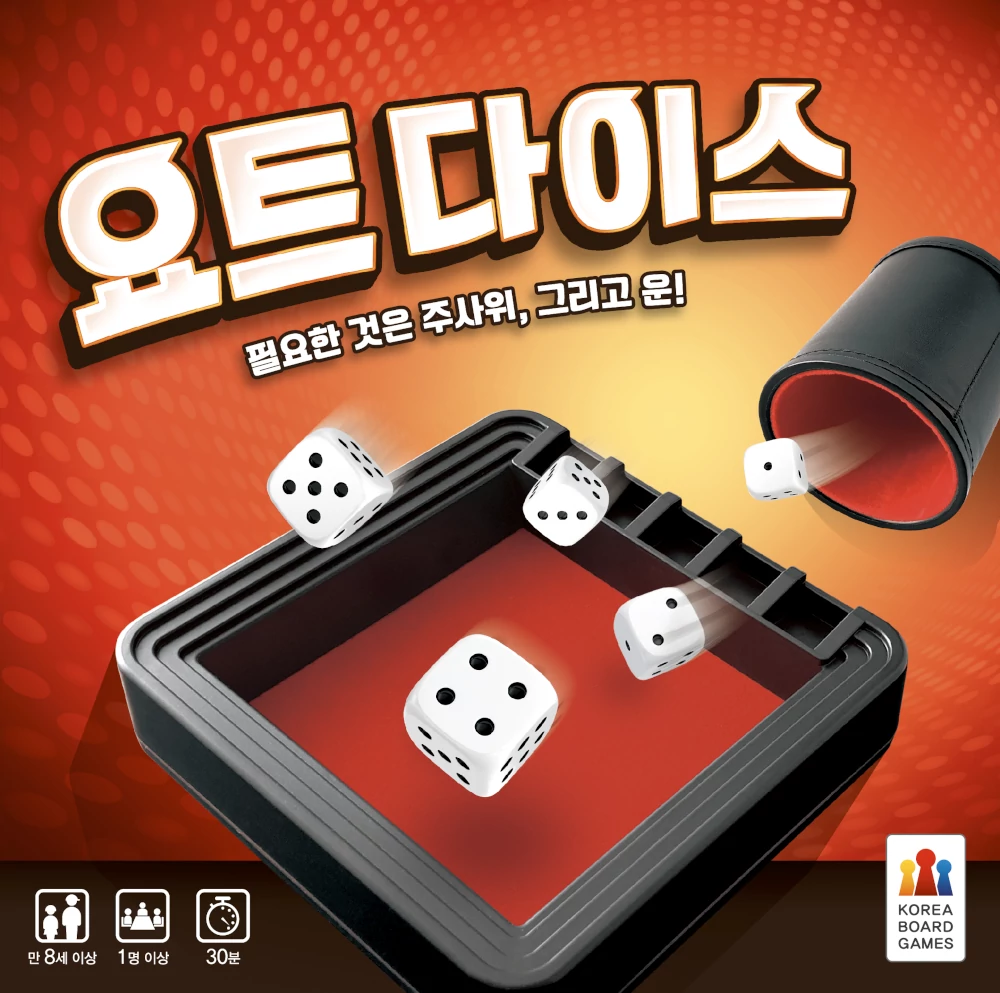
South Korea, 2021
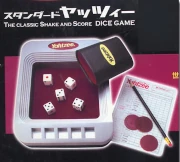
Japan, 2005
Variations like Word Yahtzee take the game to new places, but purely aesthetic co-branded changes have really struck a chord within the board game community. These ‘skins’ keep all the same game mechanics as classic Yahtzee but feature customized dice, shakers, cups, and score cards. USAopoly produces the games – under a license from Hasbro - in a wide spectrum of themes, including some with an Asian influence.
Despite China's remarkable economic growth in the 21st century, its ability to cultivate soft power in the global West has been less pronounced compared to cultural phenomena like K-pop and anime, which have achieved widespread popularity worldwide. So while explicit manifestations of Chinese culture within Yahtzee remain scarce, a broader Asian influence permeates through these co-branded variations of the game.
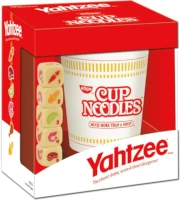

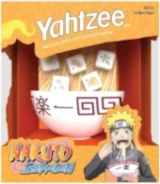
Hasbro's Manufacturing Shift
Hasbro has undertaken significant strides to broaden its manufacturing horizons. Traditionally, a substantial volume of its product line was manufactured in China. However, in a strategic move to diversify its production network, the company has actively lessened its dependence on Chinese manufacturing. Remarkably, in 2021, 48% of its third-party product manufacturing was sourced of orientalism. However Hasbro has shed the antiquated design, while embracing contemporary corporate values of diversity and inclusivity. Such evolution is essential for success in today's interconnected global market. A modern market outlook coupled with a huge dice-loving consumer base makes China the most interesting case-study for 21st century Yahtzee growth.
This strategic shift in Hasbro's manufacturing approach aligns with evolving market dynamics and showcases the company's commitment to reducing reliance on any single manufacturing base. By expanding its production across multiple countries Hasbro aims to mitigate risks associated with overdependence on Chinese manufacturing while adapting to emerging global market trends and ensuring a more resilient and diverse supply chain. However, the company is quick to note that it continues to maintain a manufacturing footprint in China and has no plans to remove it entirely.
Chinese influence on Yahtzee, whether indirect or otherwise, is nearly as old as the game itself. But those early racial connotations are incompatible with the true spirit of Yahtzee, which emphasizes equality and inclusion. The chop suey font stemmed from an era and company distant from today. Milton Bradley, Yahtzee's former owner, adopted this style to cash in on the resurgence of orientalism. However Hasbro has shed the antiquated design, while embracing contemporary corporate values of diversity and inclusivity. Such evolution is essential for success in today's interconnected global market. A modern market outlook coupled with a huge dice-loving consumer base makes China the most interesting case-study for 21st century Yahtzee growth.
Although the question "Is Yahtzee Chinese?" originates from outdated stereotypes, the game's evolution, coupled with China's rich dice-gaming tradition, presents an opportunity for Yahtzee to potentially flourish in the world's largest consumer market by forging genuine cultural connections.


